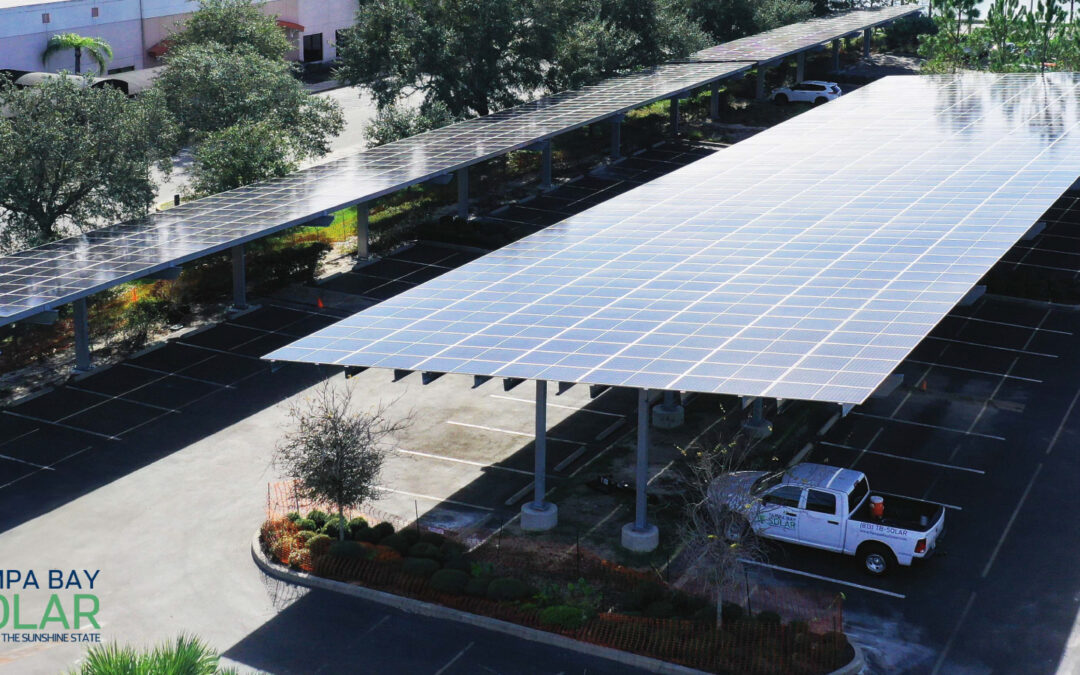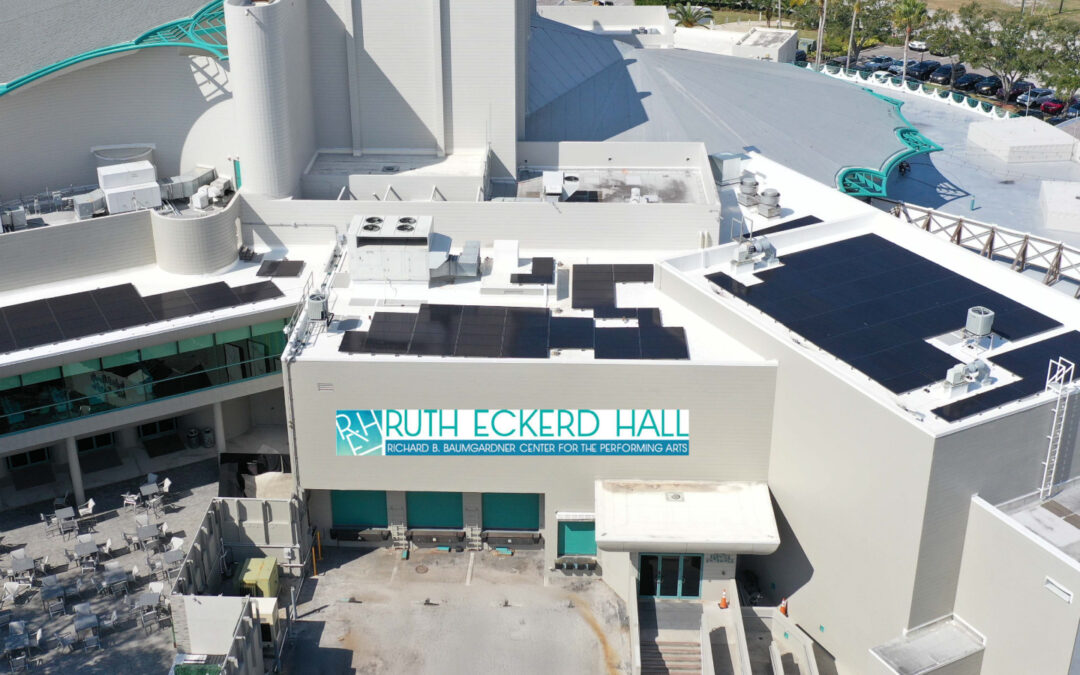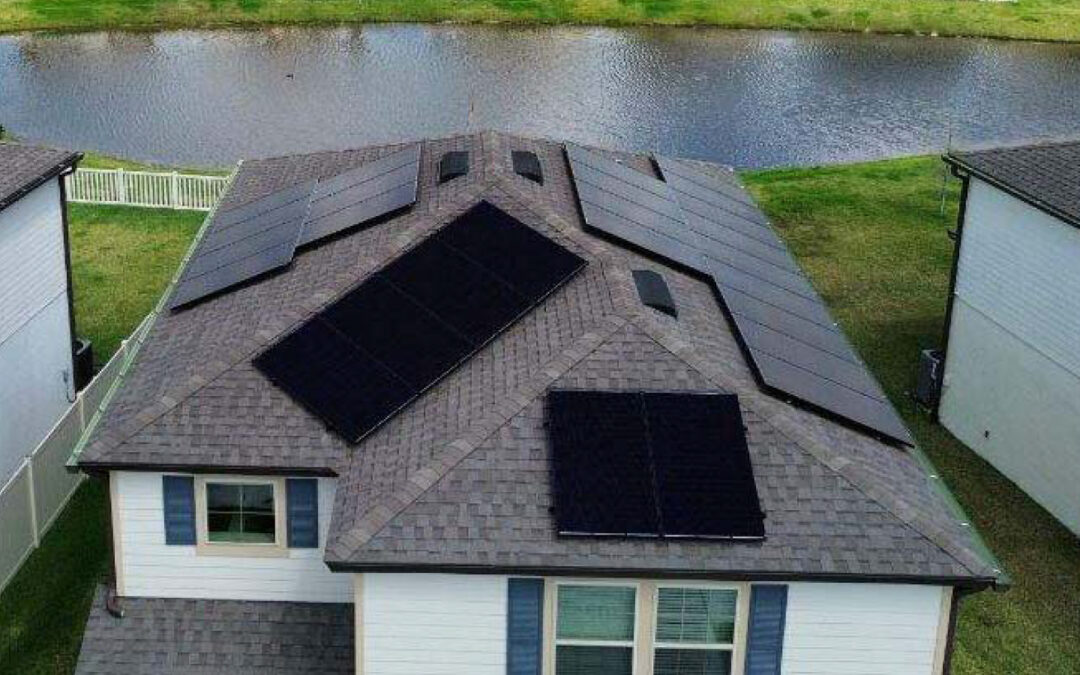At the heart of solar power lies the sun’s inexhaustible energy. But how exactly do these solar panels of photovoltaic cells work their magic? Read on as we examine the fascinating process of solar energy generation.
Essential Components of Solar Panels
Most panels are made using silicon, a widely available element. However, instead of the high-quality silicon used in electronic devices, solar panels often utilize copper, indium, gallium, and selenide (CIGS) to keep costs down while providing decent power output.
During the manufacturing process, these materials are transformed into a photovoltaic cell. These cells are made up of layers of silicon with different electrical properties. One layer, known as n-type silicon, has extra electrons, while another layer, called p-type silicon, is missing some electrons. When these layers are stacked together, they form a photovoltaic cell.
Imagine multiple photovoltaic cells arranged side by side under glass – that’s your typical solar panel. Inside each panel, there’s a metal plate connected to wires that lead to a combiner box. This box combines the electricity from all the panels into a single current, which then flows to an inverter.
The Role of the Inverter
The inverter is the heart of the solar panel system. It takes the direct current (DC) produced by the panels and transforms it into the alternating current (AC) that powers our homes and buildings. It’s like a conductor, orchestrating the flow of electricity to where it’s needed most.
Converting Solar Power into Electricity
Visible sunlight consists of tiny particles called photons, which possess energy without mass. When these photons collide with specific atoms, they can liberate electrons, thereby generating electricity. This phenomenon occurs in semiconductors, which exploit the unique property of allowing electrons to flow more freely when energized by photons. This sustained flow of electrons creates an electrical current, collected by wires and distributed throughout the system to power various devices.
Critical Factors Affecting Solar Electricity Generation
When it comes to harnessing solar power for residential use, households must meticulously consider various crucial factors to ensure maximum efficiency and effectiveness:
- Shade: Assess the degree of shading on your roof caused by trees or neighboring structures. Even partial shading can significantly reduce solar panel performance, making it essential to choose an unobstructed location for installation.
- Seasonality: Understand the impact of seasonal changes on solar energy production. While sunlight availability fluctuates throughout the year, strategic planning can optimize energy generation even during less favorable conditions.
- Tilt and Orientation: Optimal panel tilt and orientation are critical determinants of solar system performance. Aligning panels with the latitude and adjusting tilt angles according to local conditions can maximize sunlight exposure and enhance energy output.
- Azimuth Alignment: To maximize energy capture, ensure precise alignment of solar panels with the sun’s path. Deviations from the optimal azimuth angle can lead to significant energy losses, underscoring the importance of accurate orientation.
- Roof Assessment: Prioritize a thorough evaluation of your roof’s structural integrity and suitability for solar panel installation. Consider roof age, condition, and load-bearing capacity to ensure a secure and durable installation.
- Regulatory Compliance: Ensure you know and follow all local rules and permits for installing solar panels. It helps avoid legal issues and ensures a hassle-free installation.
- Financial Planning: Evaluate the upfront costs, potential savings, and available incentives associated with solar energy adoption. Explore financing options, incentives, and tax credits to make informed financial decisions and maximize the return on your investment.
By thoroughly considering these factors and getting advice from solar experts, households can confidently choose the best options to fully utilize solar energy and create long-lasting, affordable power solutions for their homes.





